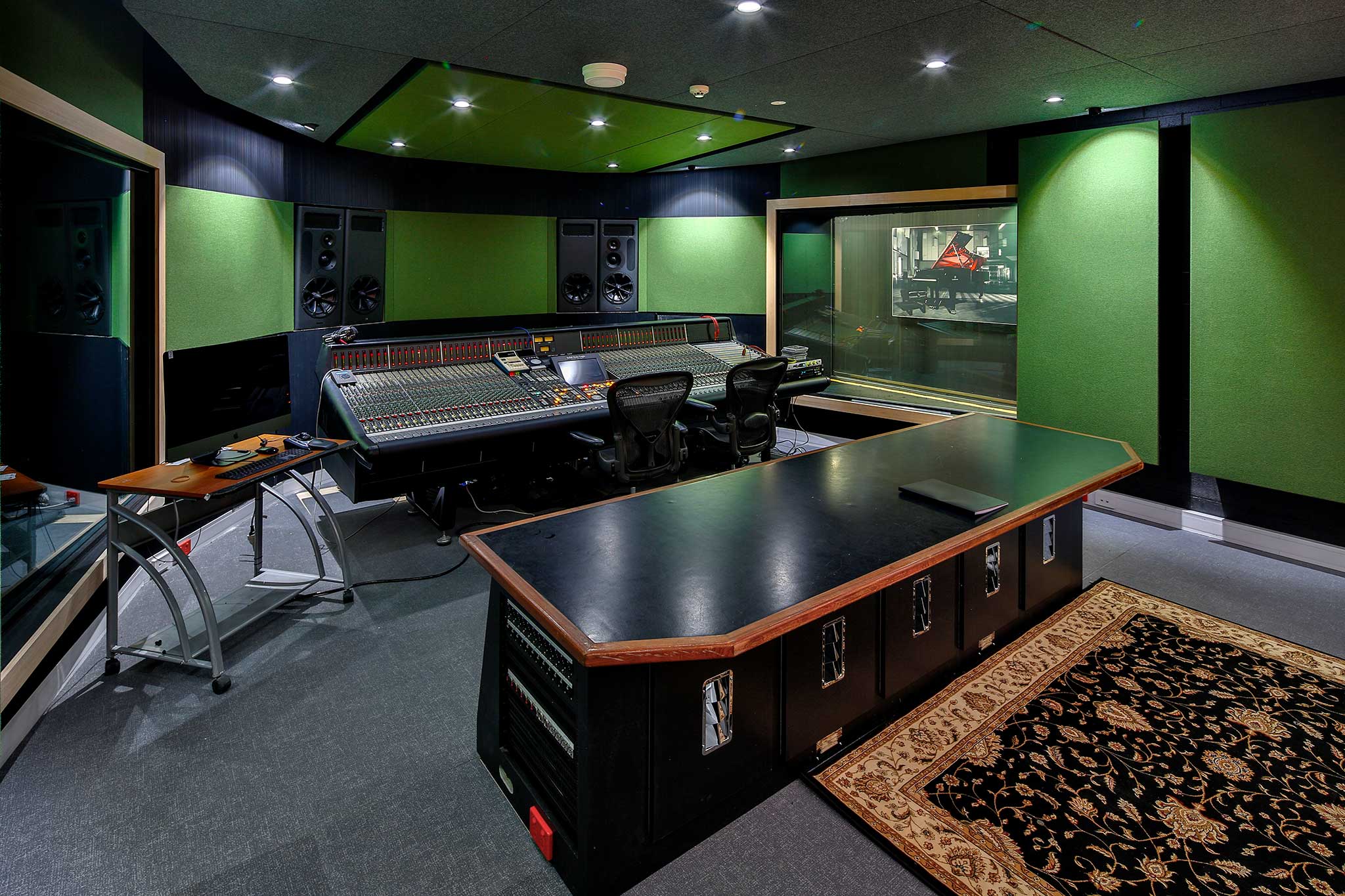As I tour people through our recording facilities in Sydney, I usually refer to our Neve 88R and SSL 9000k consoles as the “Ferrari and Lamborghini of mixing consoles”…. They are both the best cars that money can buy, but it’s up to the driver as to which one they prefer to drive.
Occasionally that remark satisfies my visitor and we move onto seeing something else, but more often than not, they ask what on earth do I actually mean – how do the two consoles actually compare?
So, as a manager I can talk about the practical and technical differences, however I polled some of the engineers and producers at 301 as to their thoughts on the “sound” of the two consoles.
The Audible Differences
Leon Zervos was very quick to comment that the Neve 88R’s sound is “warm and thick”, with a nice element of presence when the EQ is enabled. The SSL is less coloured, but does have a certain “edge” to the sound.
Mitch Kenny comments that when mixing, the SSL has more bandwidth and is more forgiving which allows more to be “fit in” to a mix run through this board. However, when recording, the Neve’s pre-amps have a very fast slew rate and as such respond incredibly quickly, which captures transients very openly.
Jono Baker has recently had an experience where he ended up doing the same session on both the Neve and the SSL, and found that the SSL’s pre-amps are muddy compared to the Neve Pre’s – which are cleaner, detailed, and better suited to recordings where the sound needs to be as “open” as possible (such as orchestral music)
We also asked some friends out there on their thoughts:
“Track on Neve, mix on SSL.”
Ivan Gough, Musician/Producer (TV Rock)
“Tracking on a Neve is nice and creative, SSL for mixing. Having spent many years working with Spike Stent on his G-Series with non-linear summing, it’s a revelation!”
Lee Groves, Producer/Mix Engineer
The Technical Differences
- The Neve has a transformer on the microphone input, whereas the SSL does not. This may be a factor in the “warm” sound that is attributed with the Neve – though bear in mind the transformers are on the mic input only, so tape or Pro Tools output don’t pass through these.
- The Neve has much more sophisticated circuitry, because it’s routing is very flexible. This probably again contributes to the coloured “Neve” sound.
- For the most part, though, the electronics on each board are quite similar.
The Practical Differences
- The Neve sound varies greatly between the eras of their design. We have a beautiful vintage Neve console in Byron Bay and a state of the art contemporary Neve console in Sydney – and they sound significantly different, not to mention that there have been several models in between that vary substantially in their design and sound between the classic and the current. Over in the SSL camp, whilst their sound has evolved, the similarities between E’s, G’s and K’s are more apparent than in the history of Neve’s designs.
- The Neve’s automation is sophisticated, possibly not for any good reason. Despite the Neve being a fantastic sounding mix console, I’m sure engineers opt not to mix on it purely for the reason that you do need a degree in rocket science to operate the automation!
- It takes us about an hour to boot up the Neve console, so we leave it turned on almost always. Unfortunately the Neve computer usually takes a few attempts at booting up and down to get full communication with the board, and with day-to-day pressure to keep sessions on schedule, we opt to leave it on 24/7. I estimate it costs us about $30 per day to keep the console powered – so if we kept it off for half the day, every day, our power costs would be reduced by about $6000 per annum. That’s about 5x times more than an average household per year! Not to mention the waste of energy and the effects on our environment.
- Generally speaking, the Neve at our studio traditionally has been used as a “recording” console and the SSL a “mixing” console.
At the end of the day, both these flagship consoles remain to have a highly desirable sound that continues to be emulated by the very best of plug-in manufacturers. While the digital versions may bring their sound accessible to a wider audience, it is hard to dismiss the real thing.
As Mr. Ferris Bueller once said, “It is so choice. If you have the means, I highly recommend picking one up.” or at the very least, using one!
Want to record or mix in one of our studios? Contact us today
written by Anthony Garvin

Leave a Reply